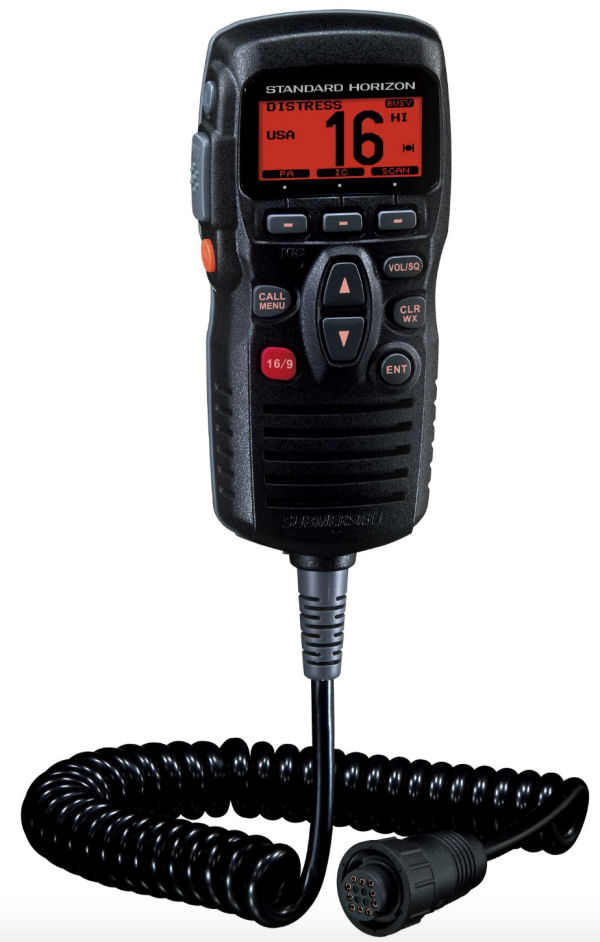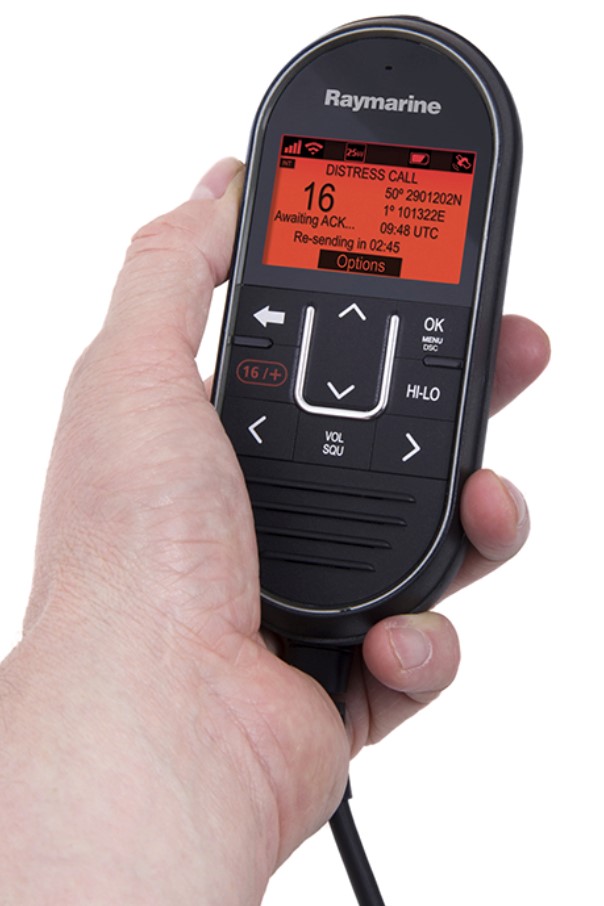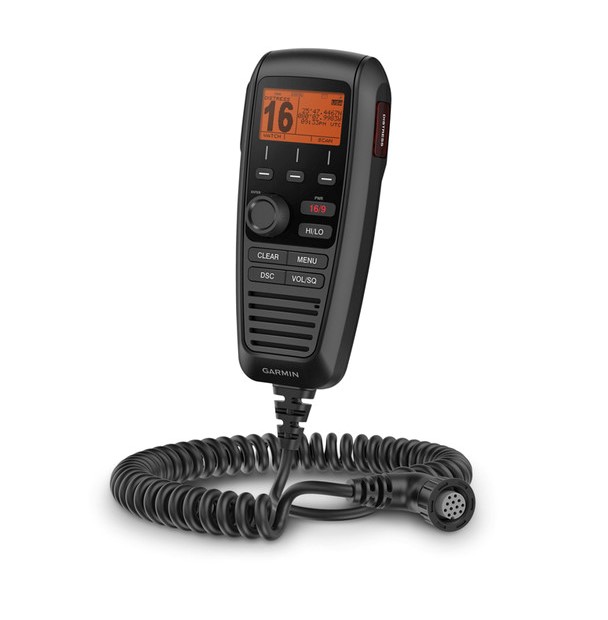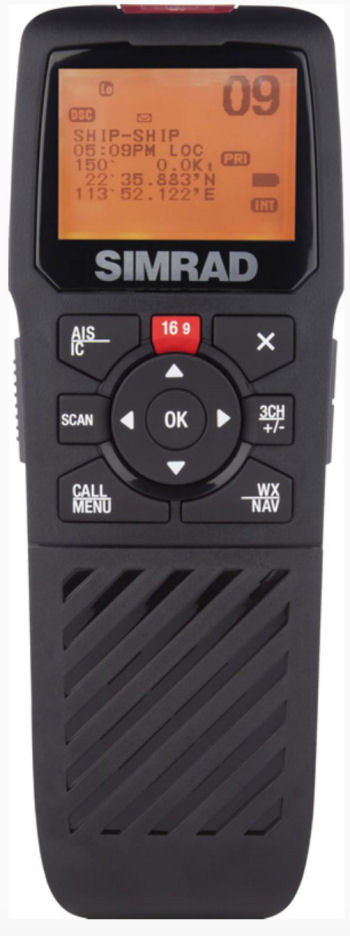VHF Upgrade: The New Power of Remote Microphones
Electronics Update

Fixed-Mount VHF systems are a key communication and safety tool to have on a boat. But boaters who haven’t looked at the latest models may be surprised to see how today’s units have become more powerful, useful tools. Here’s one way: Adding a remote second-station microphone, or even more than one, can put all of the power of the base unit where it’s most helpful, and some even offer wireless options. Maybe it’s time to shop for an upgrade to the VHF.

Of course, it makes perfect sense to set up the fixed-mount VHF at the helm of a boat. That’s where it’s most often needed, so the operator can monitor the radio for updates from other boats and the authorities, hear the weather radio forecast, talk to the fuel-dock attendant, and so on. But today many fixed-mount VHF radios can support one or more remote microphones that provide all the power and range and even features of the boat’s built-in radio, virtually anywhere on board.

First, consider placing a wired second-station microphone elsewhere. The flying-bridge helm comes to mind, since these microphones give all the functional control of the VHF through keypads and displays on the handheld unit. Depending on the boat, another spot to place one may be in the cockpit, either near a docking control station, or simply to keep the entire crew be aware of what’s going on. Depending on the position of the lower helm, it may be worthwhile to consider putting one in the salon as well. Even better, some multi-microphone VHF systems have an intercom function that allow users to talk among stations on board on a secure system – even more secure than a wireless headset for docking. Some have a hailer feature that allow the mic to transmit to the helm without the user touching a button – a hands-free solution for docking communication when placed on the foredeck.
But don’t stop there. Some fixed-mount units can sync radio functionality with a wireless second-station unit. This is not a handheld VHF, but instead is a second-station mic with all the functionality of the boat’s radio system, using that powerful radio transmitter and tall antenna for improved range and receiving.

Even with second-station microphones adding all that power, remember, they all work on the same VHF, so it’s a good idea to have at least a handheld VHF on board as a backup, should something go wrong. Keep it charged and have spare batteries handy for best results.
See all the fixed-mount VHFs available here.
See all the handheld VHFs available here.